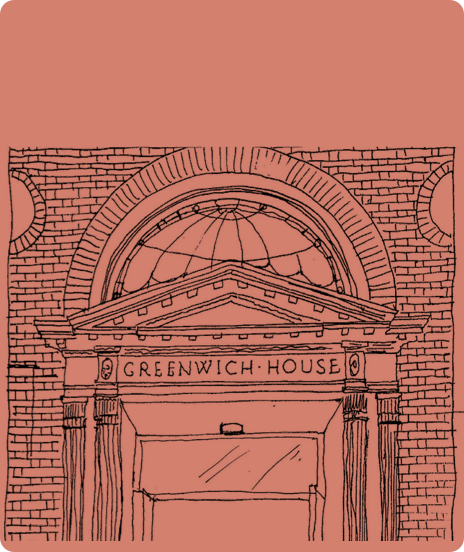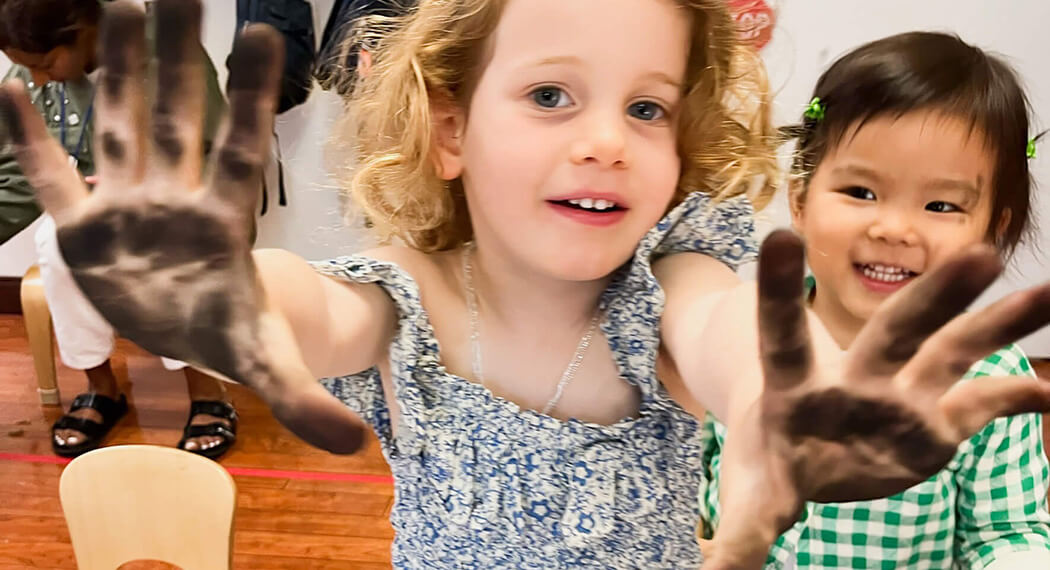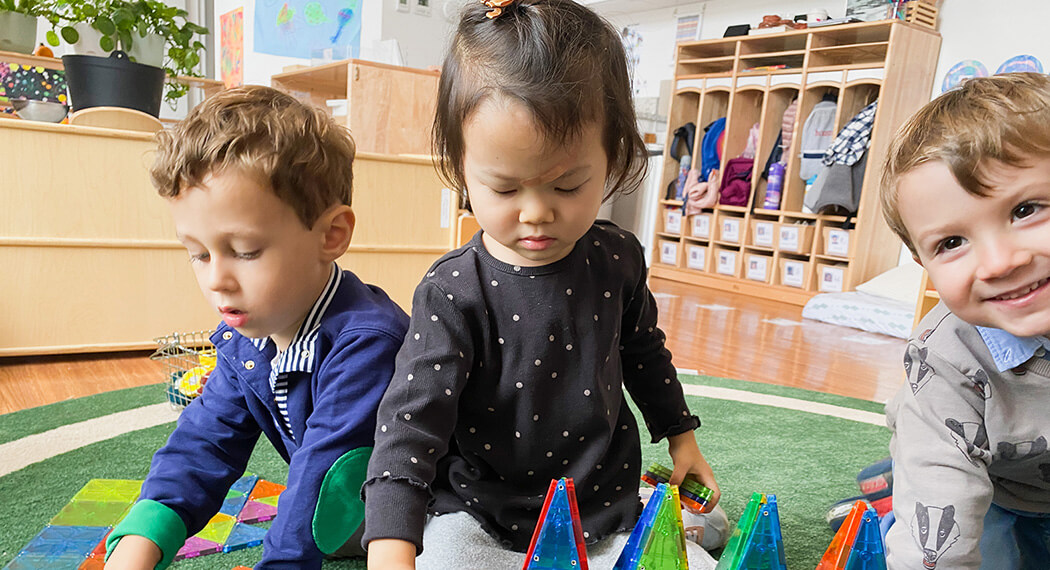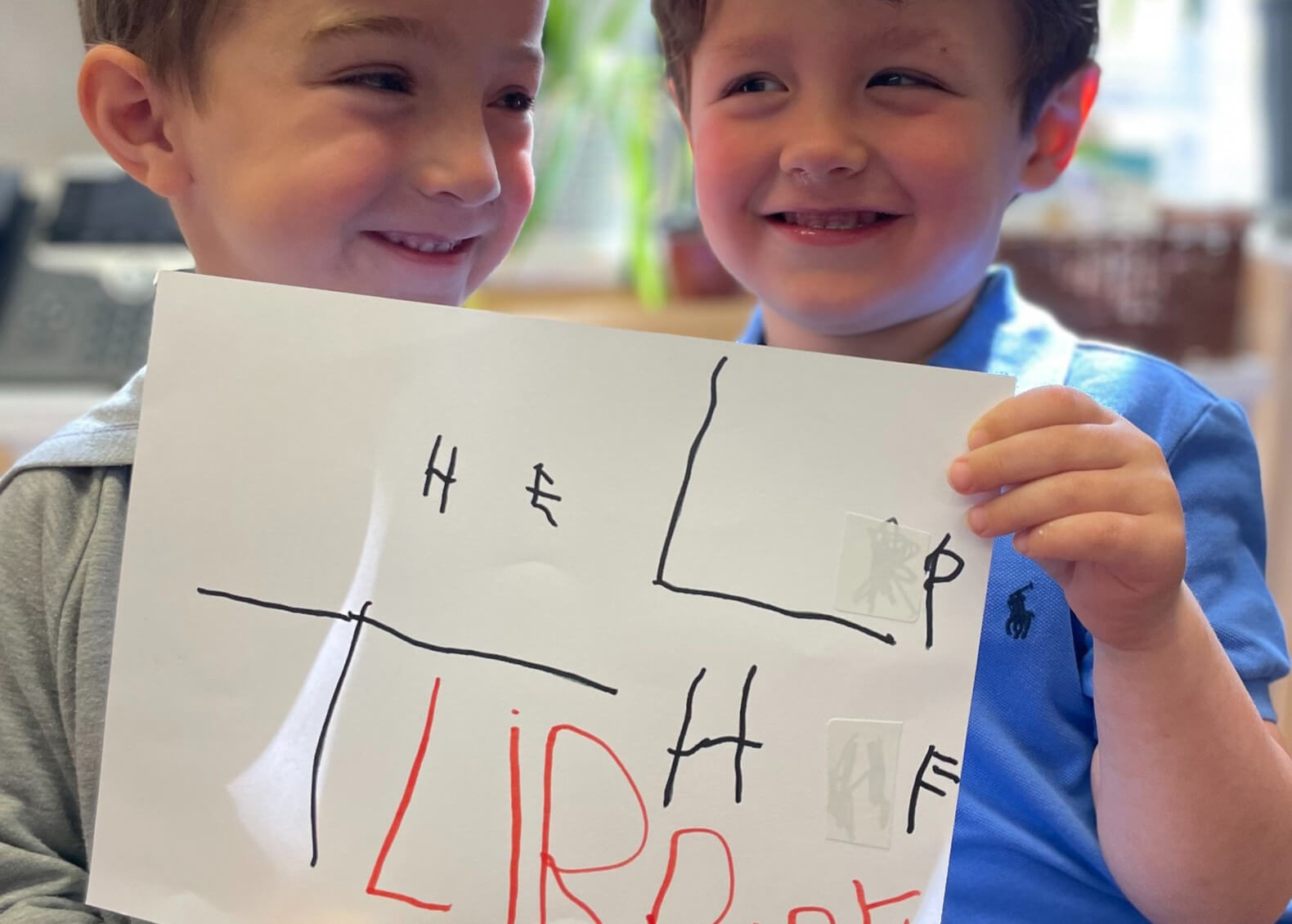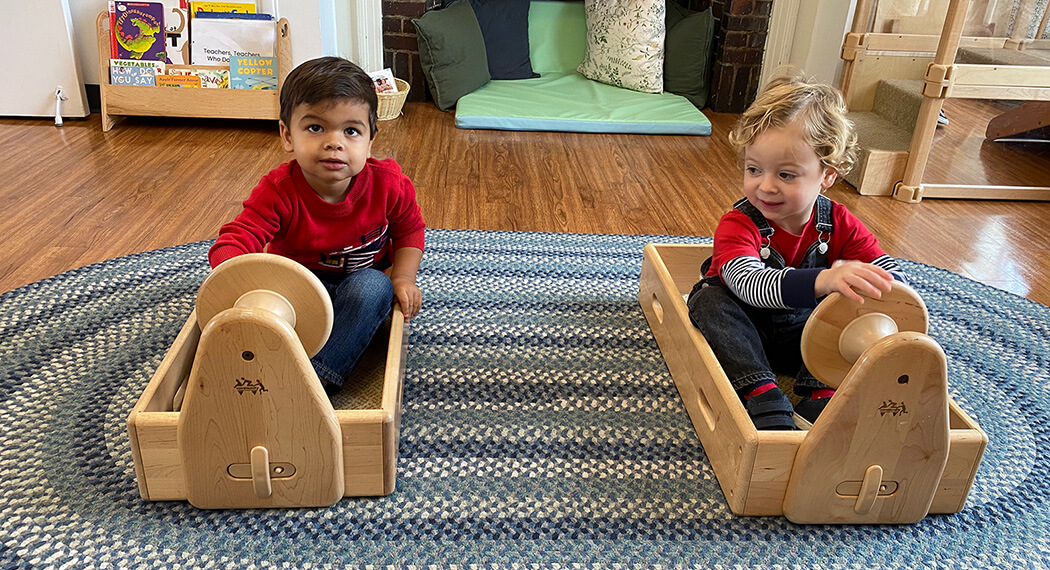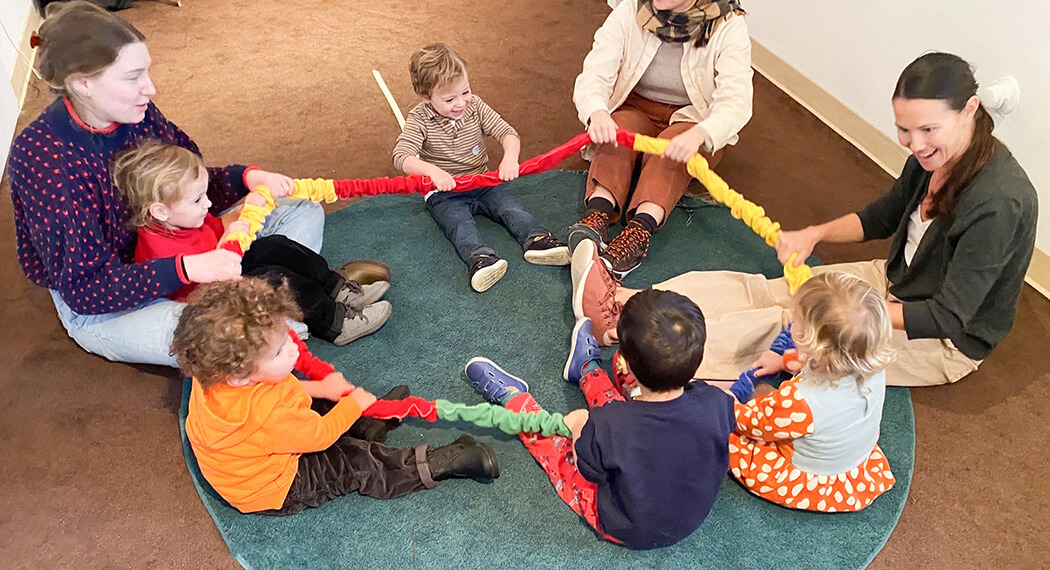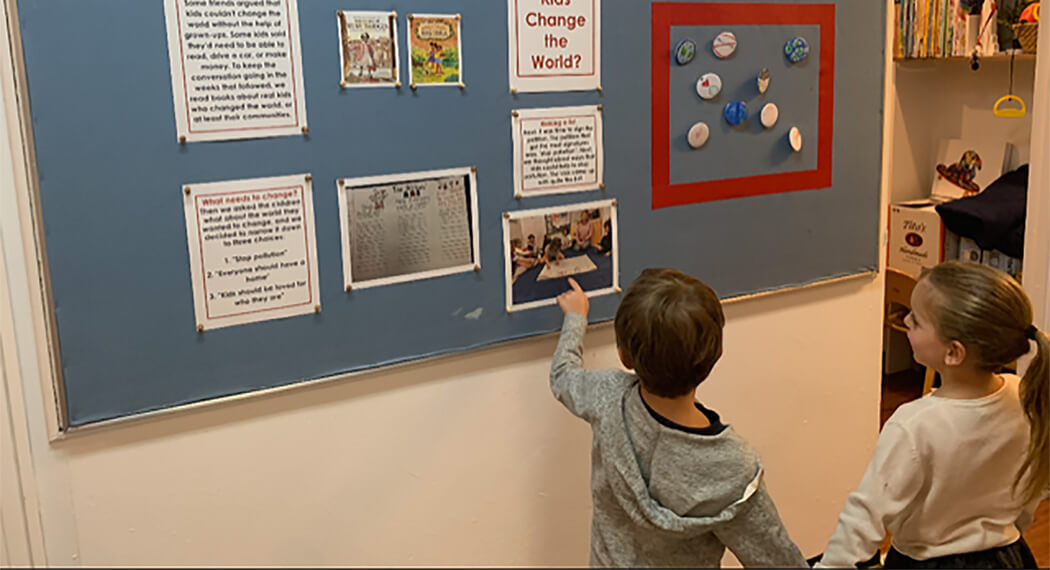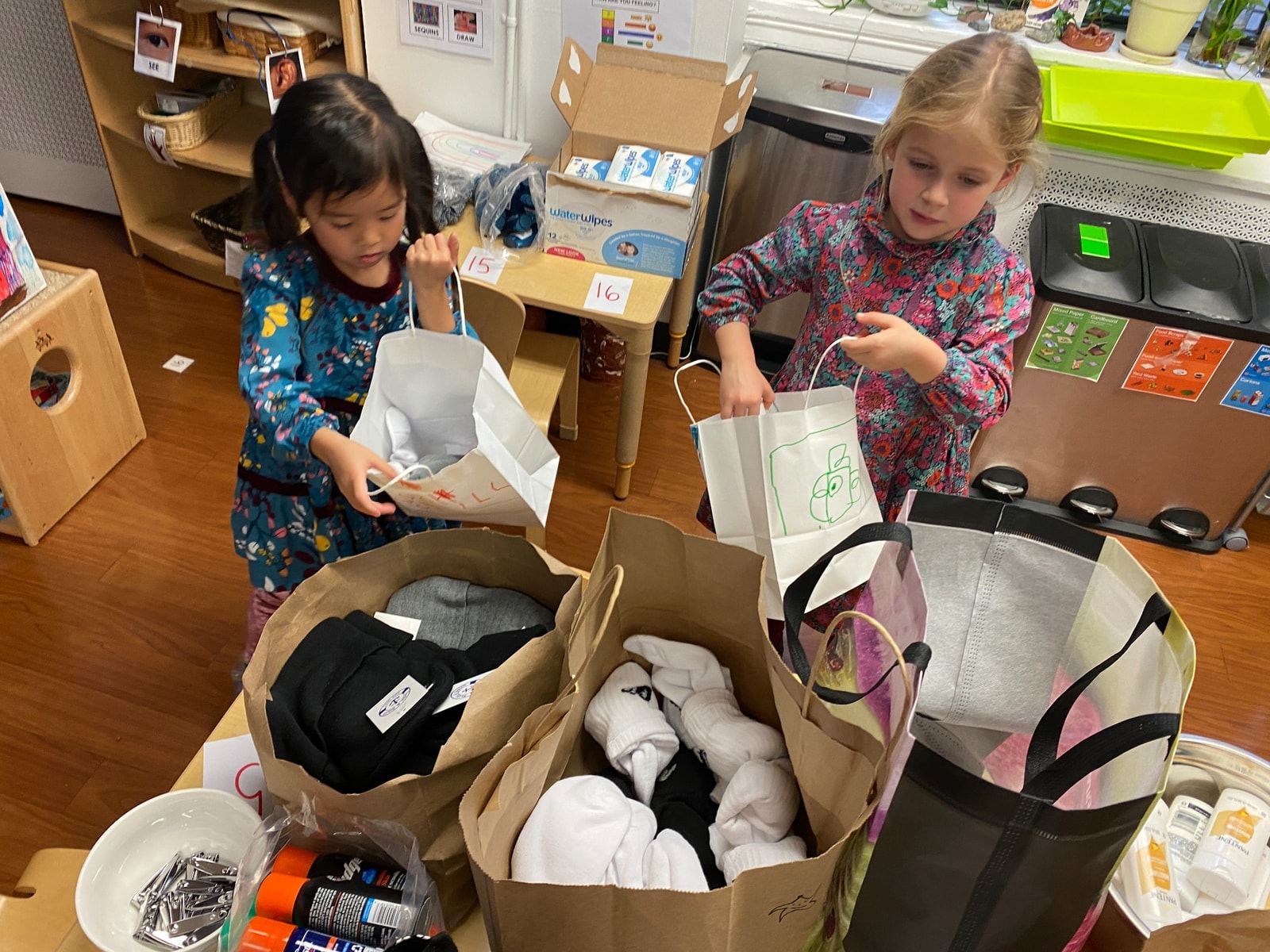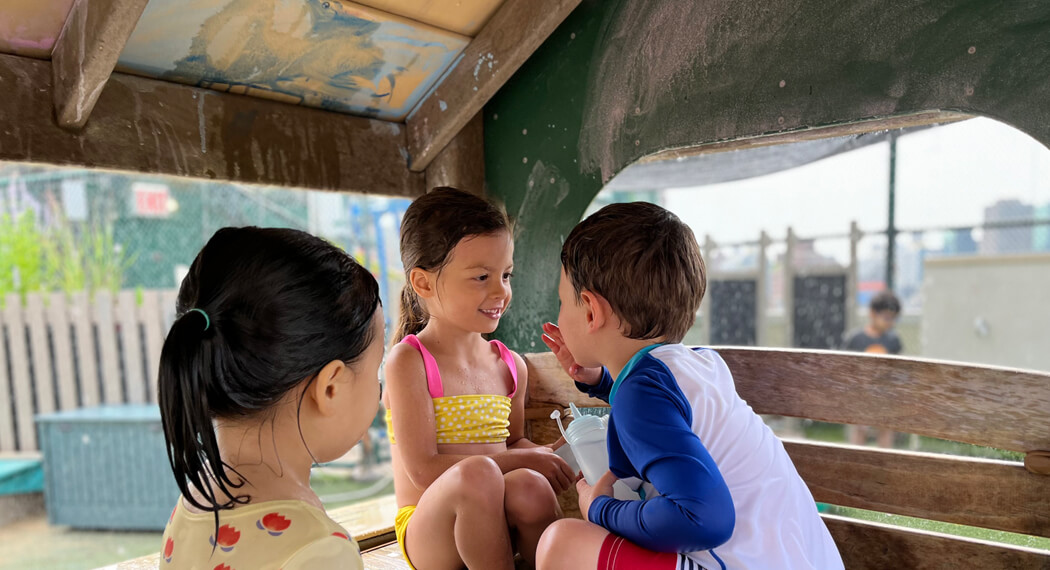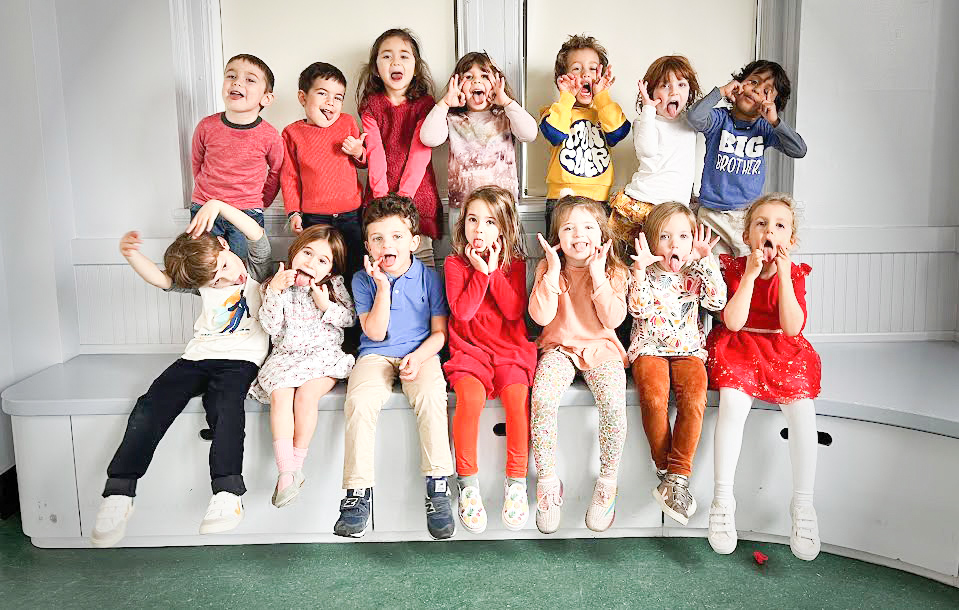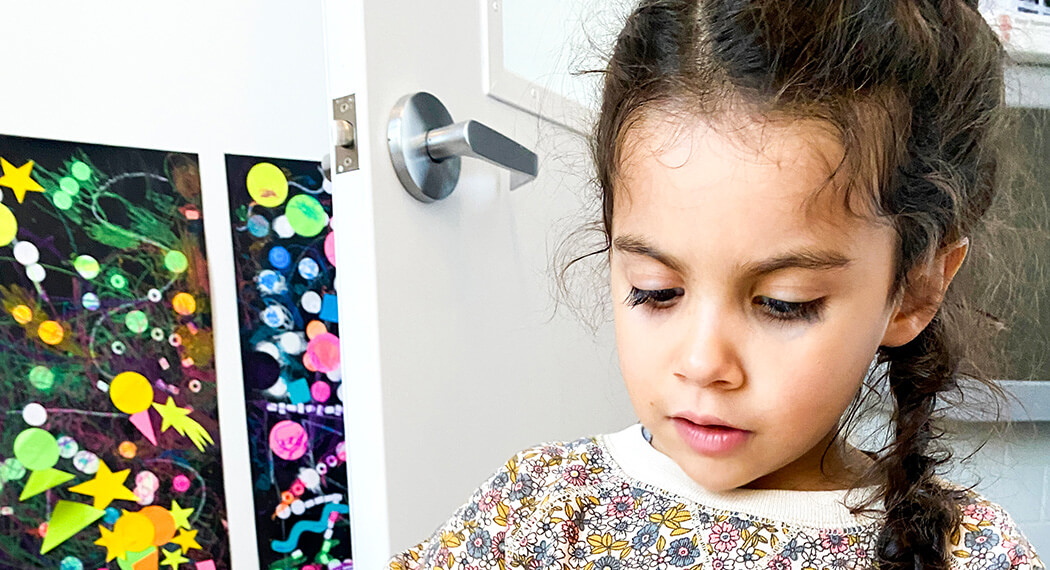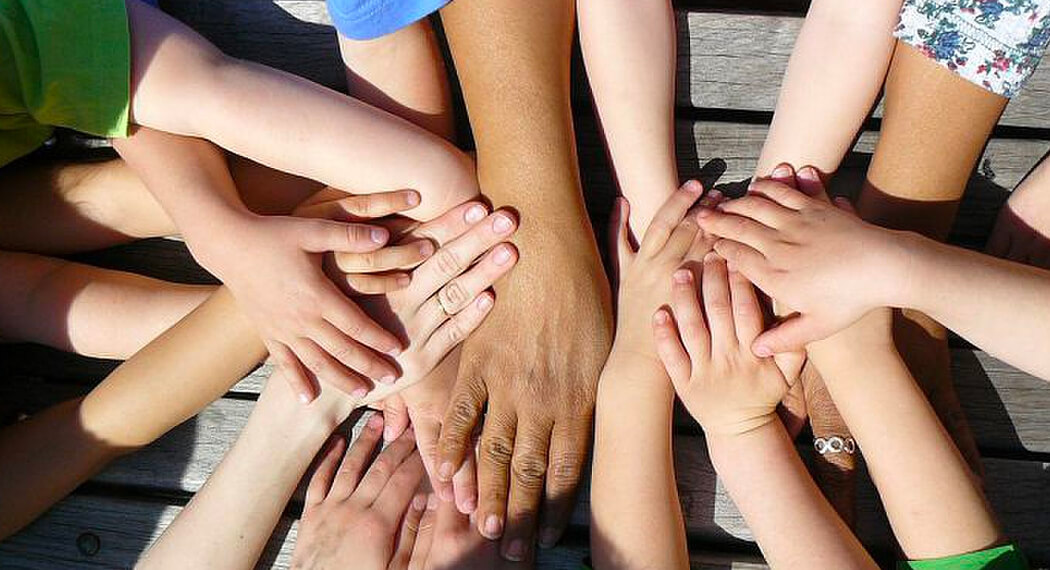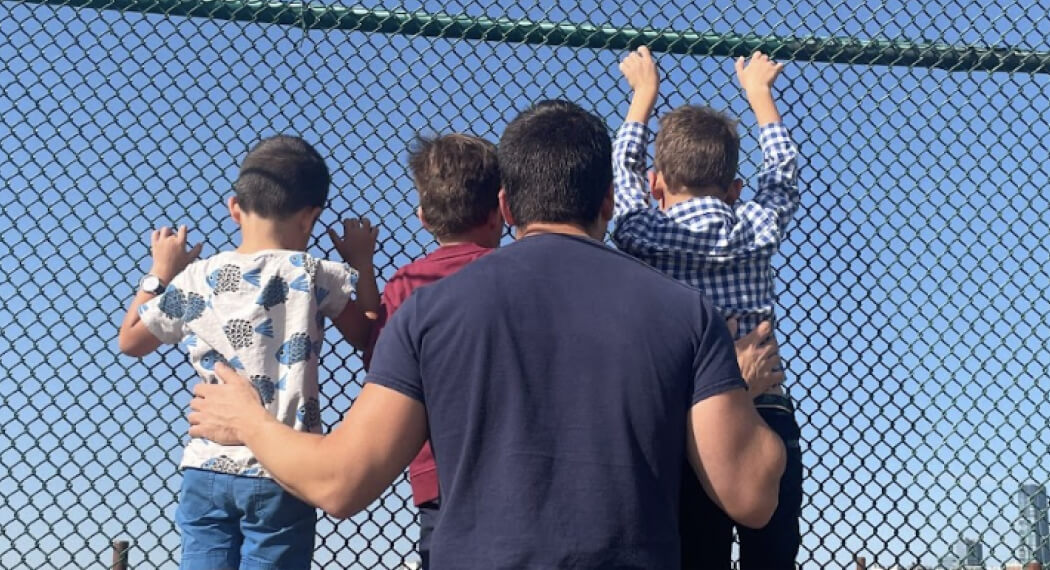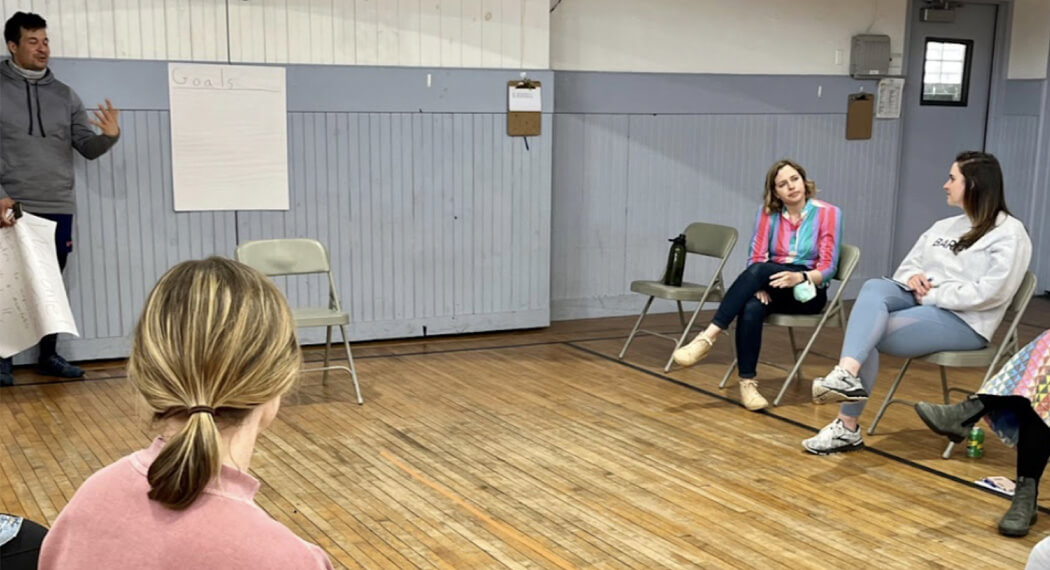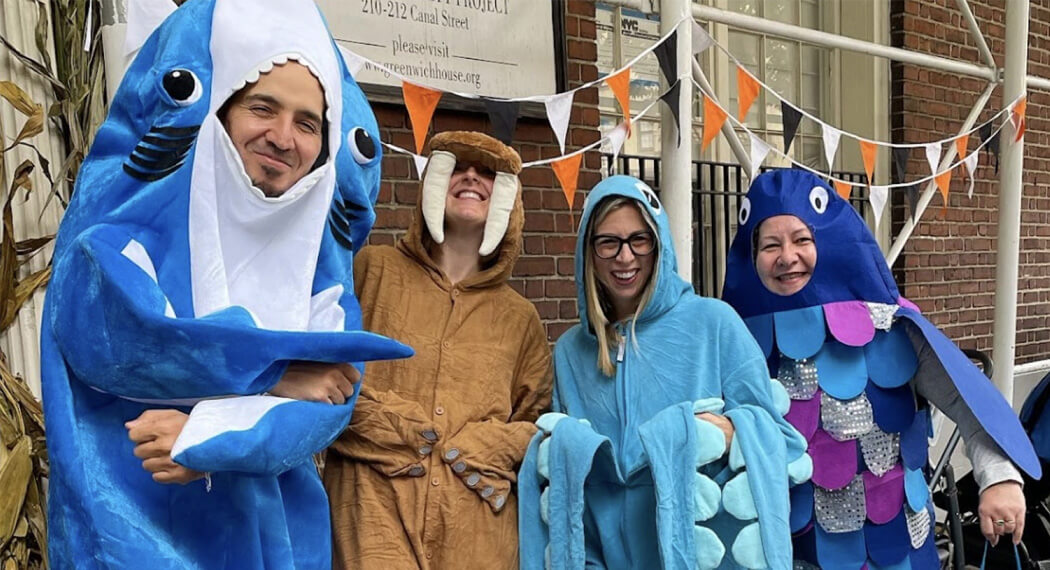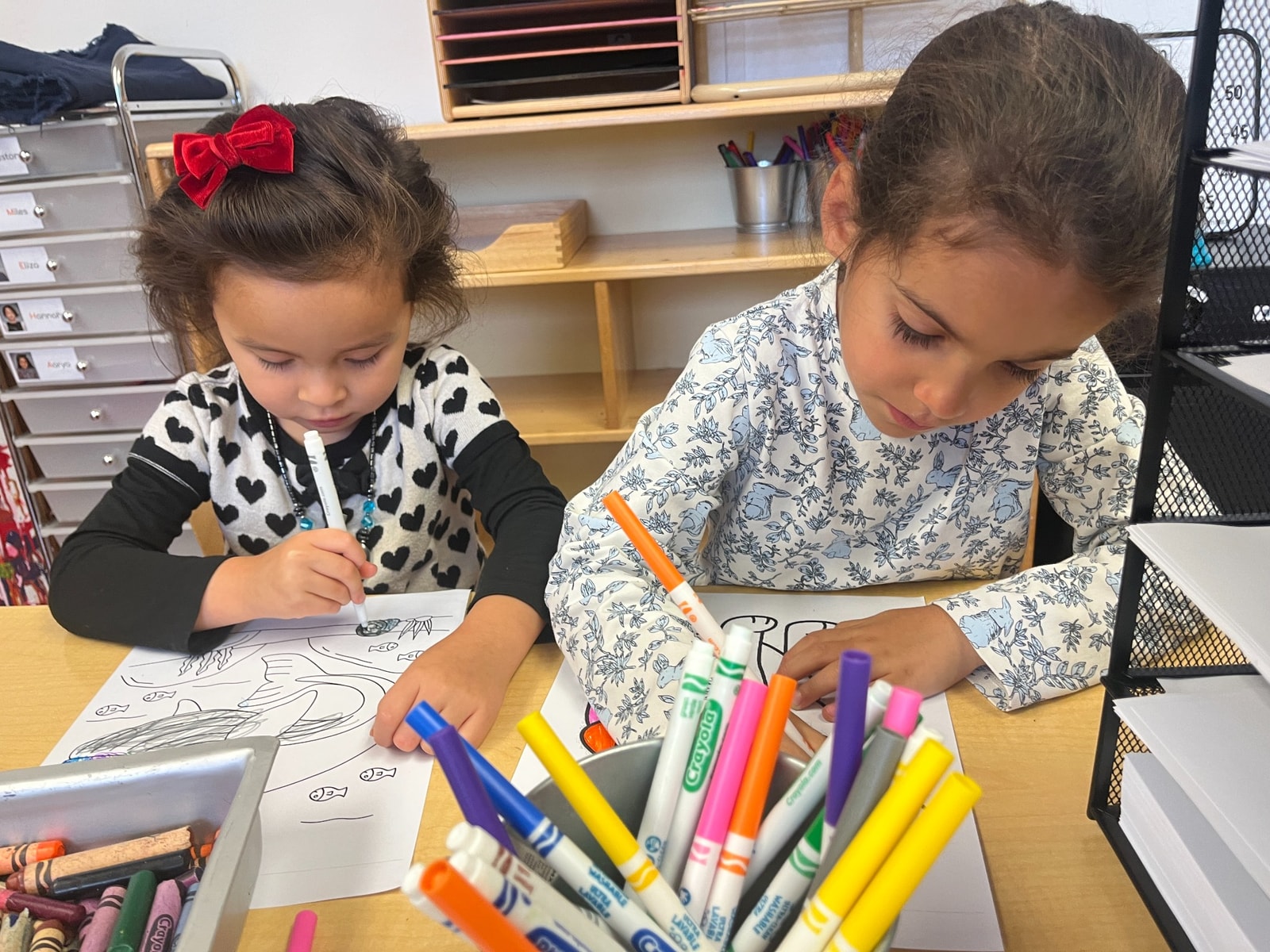A key component of our literacy curriculum is the children’s individual dictionaries. Once a week, each child gets to work one-on-one with a teacher to add a new entry to their very own book of words. They identify a word, work with us to write it down, then draw a picture to go along with it. During this time, we target a variety of emergent reading and writing skills, including letter recognition, letter sounds, letter formation, and representational drawing. As they get more familiar with the routine, we will be able to take advantage of the individualized nature of this project and give more differentiated support. This means that different children will target different skills based on their current abilities while still engaged in the same experience.
After everyone has completed their entry, they have the chance to read theirs to the class. This takes the form of a VERY fun routine as evidenced below:
When we first introduced the dictionaries, they contained a single word: the child’s name. We asked them one-by-one if they knew how to read; some said yes, some said they were practicing, but most said no.
“BOLOGNA!” we cried in response. “All of you CAN read!”
We were met with looks of bewilderment. We then gave each of them their dictionary and asked them to look at the first word. “Can you read that?” we asked. We were met with a resounding, “YES!” Our goal here was to encourage the kids to see themselves as capable readers: mission accomplished!
We now repeat this tradition each week, allowing the children to decide if they want to join “Team Bologna” by pretending they can’t read and then revealing that they, in fact, can read the words they’ve chosen for their dictionary. The end result is lots of laughs, lots of learning, and (most importantly) a newfound confidence in their ability to decipher the written word.

